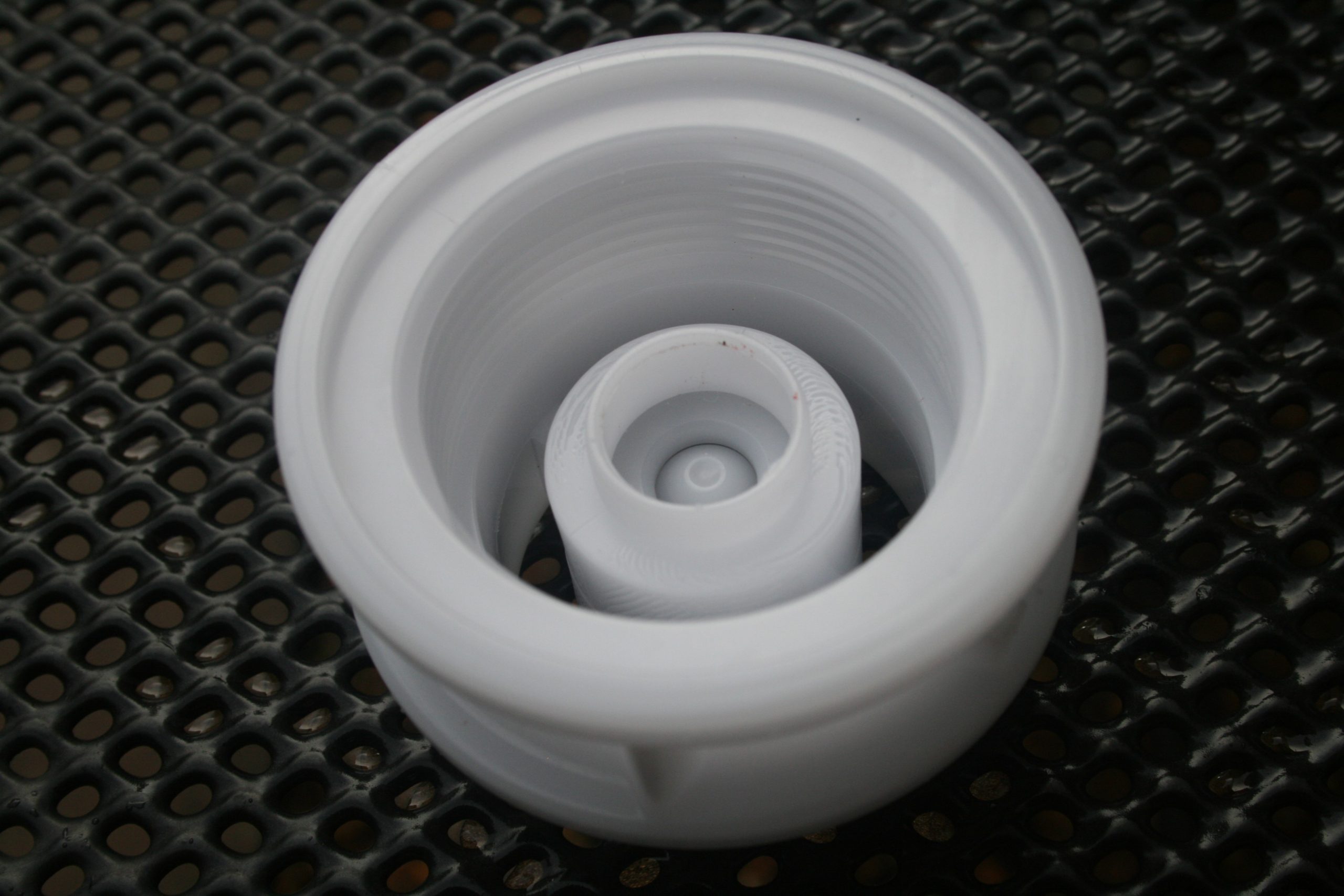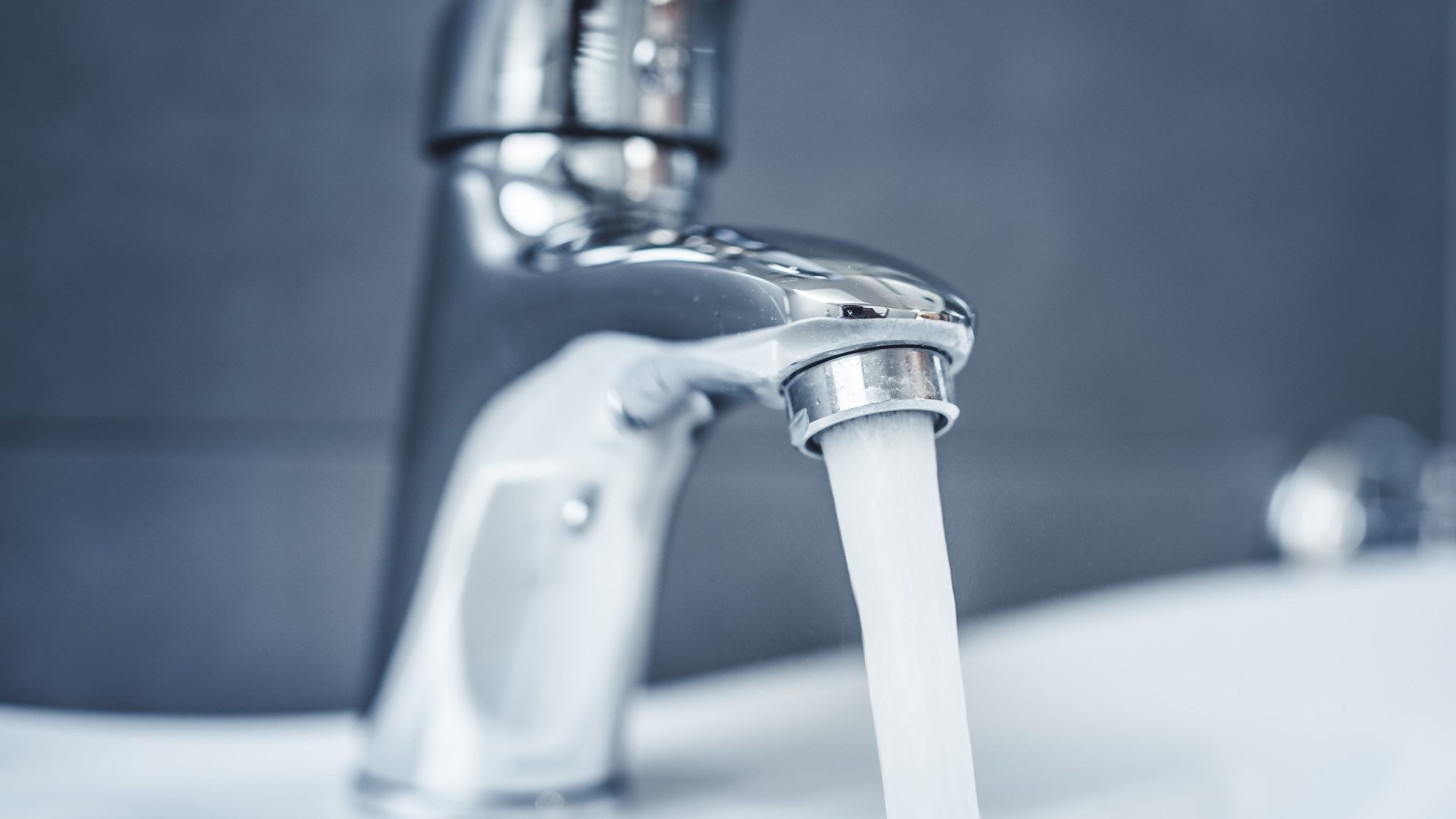After the summer of 2022, water availability has been bumped up the priority list for government and the water industry. Alongside leakage, PCC (Per Capita Consumption) reduction has become one of the industry’s key targets.
‘By 2050 the UK water deficit is anticipated to be 4017 mega litres per day’,
National Water Framework Consultation launch, January 2022.
Industry plans to upgrade our water supply to meet projected demand, are reliant on reduction in current usage levels. That means reducing Per Capital Consumption (PCC) from its current average of 150 litres per day to 110 litres per day if the UK is to meet future water demand.
Customers are becoming more aware of water availability issues, and the impacts over demand can have of the natural environment. However, awareness does not automatically lead to action.
‘Smart metering’ has been shown to have some impact on domestic consumption. An aging infrastructure with multi household supplies are amongst the many factors that ensure that mandated metering – let alone ‘smart metering’ is at best an expensive, medium-term objective.
Our water companies are regulated to provide a minimum level of water supply, but in many areas, due to network structure and gravity fed systems, supply is much greater. Households in high pressure areas could be receiving up to three times the required minimum levels. So, run a hose for five minutes at the bottom of the hill, and your lawn will be greener that the gardener that does the same at the top. These ‘time controlled’ uses, e.g. teeth cleaning, taking a shower, running a tap to rinse dishes could be standardised down if all households received the same acceptable, ‘standardised’ supply.
Oversupply of water is wasted water!
To date flow restriction devices have been used at each outlet, i.e. kitchen taps, bathroom taps, and showers separately and developers have received a reduction in infrastructure charges for their installation. However, industry reports show that many of these devices are not retained by occupiers in the long term, resulting in the water companies incurring both a loss in revenue and no long-term gain in PCC. The infrastructure rebates are set to end soon, and as it is unlikely that developers are unlikely to keep incurring this expense for no financial gain, the gains that were being achieved will be lost.
The alternative is whole site flow reduction. Fitting a device such as Groundbreaker’s LoFlo, at the meter regulates the level of flow entering customer premises – regardless of network pressure. As the flow of water into the premises is limited, then the amount used in ‘time controlled’ activities is also limited – but without providing a degradation of service. More importantly not requiring any intervention or behavioural change on the part of the customer, so leading to ‘natural’ reduction in per capital consumption.
Independent research carried out by WRc, showed a theoretical reduction of 2-4% of typical water usage when devices such as LoFlo are installed. However, recent field trials by a major UK water company has showing savings of 5%.
By the use of LoFlo, most water companies should easily achieve and perhaps exceed the OFWAT PCC reduction targets and receive a financial reward for doing so.
However, water companies are also tied to C-Mex performance commitment levels, and some seem to be concerned that a reduction in the supply levels to properties will prompt customer complaints, offsetting the financial rewards of achieving PCC targets.
Field trials of devices such as LoFlo, have shown that most customers are not aware of supply levels in their property, within certain limits. Especially when moving into a new property, customers accept the levels as ‘being what it is’ and fears of an increase in customer complaints impacting C-Mex values are overrated. In recent trials in England, where occupants did notice the change in supply, it was the positive impact of reduced flow that was cited, e.g. reduced splashing at the kitchen sink.

Not a single occupant wanted the LoFLo to be removed after the trial period.
The LoFlo can be easily and simply retrofitted to any meter installation, or meter exchange when upgrading or remediating underground meter chambers. No additional excavation is required and as part of installation or exchange the LoFlo can be fitted with no additional installation cost. Thus allowing Water Companies to manage demand, with little or no impact on consumers, at the minimal cost of approximately £20 per household.



